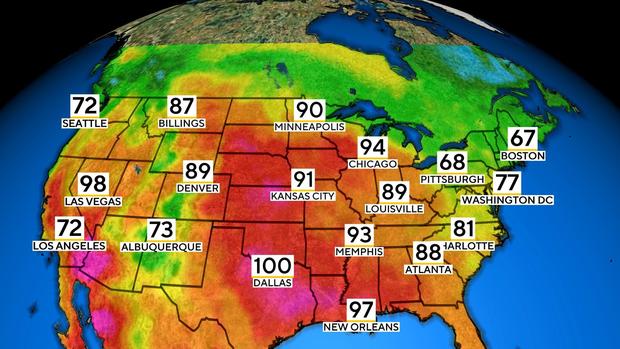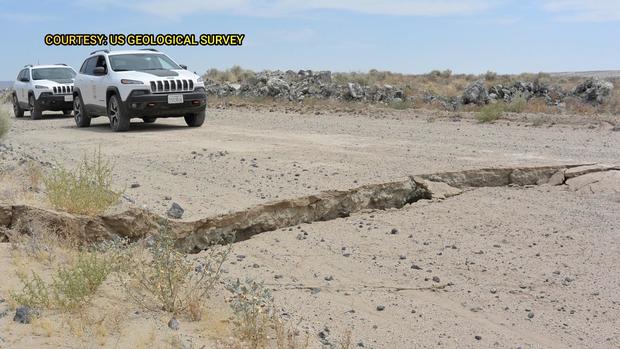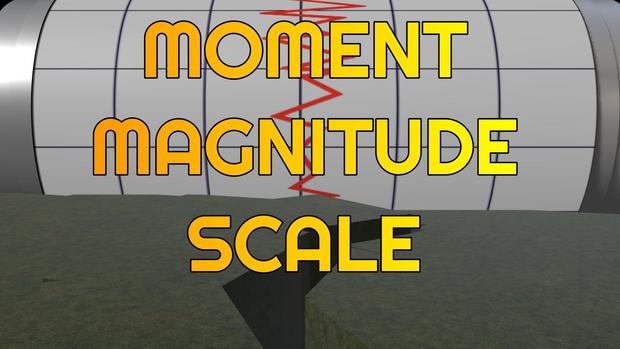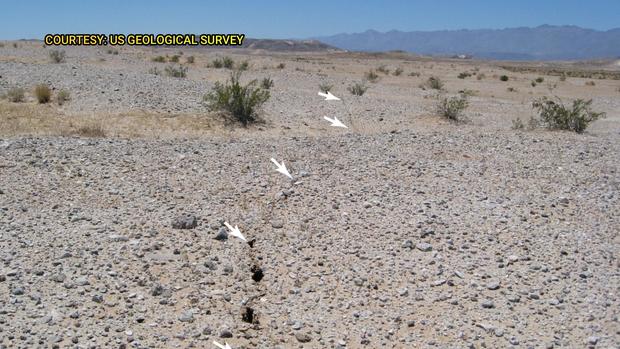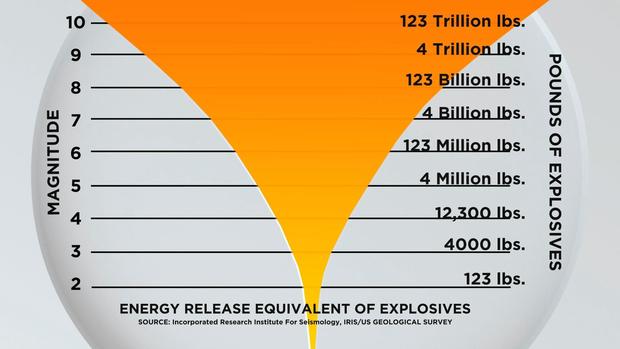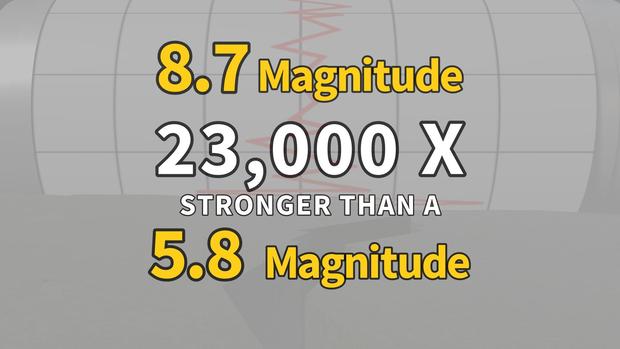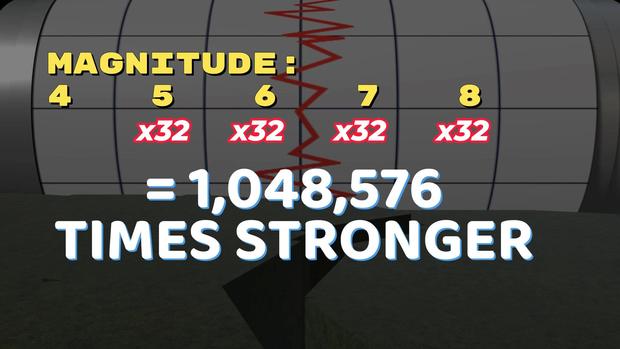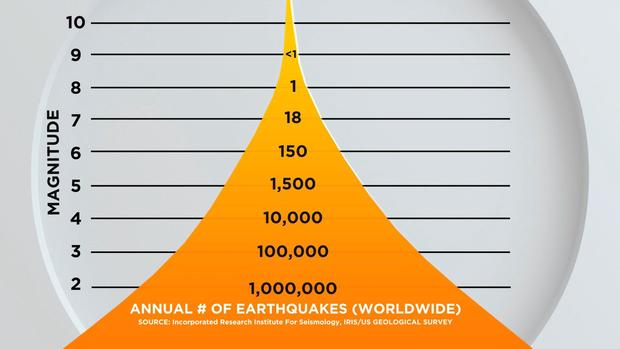Hey Ray: Earthquake magnitudes
PITTSBURGH (KDKA) - In scientific fields, numbers are everywhere. Knowing what those numbers mean is easier to understand in some cases, and in other cases, not so much.
Temperatures are a number that is easy to understand because we use them all the time.
An earthquake's magnitude, on the other hand, might be harder to understand. The most known measurement was the Richter Magnitude Scale.
However, that is not often used anymore because it does not give accurate estimates for earthquakes of larger magnitudes.
The Moment Magnitude Scale is now used.
According to the US Geological Survey, the Moment Magnitude Scale takes into account how far a fault slipped during an earthquake, and the area of the surface that slipped. These factors are related to the total energy that an earthquake releases. The Moment
Magnitude is shown as a number on a scale.
You can infer that the lower the number the lower the magnitude of the earthquake, and the higher the number, the higher the magnitude of the earthquake.
Going from one whole number to the next on that scale might mean more than you think!
Using the Moment Magnitude Scale, for each full number of magnitude you graduate to on the scale, the force of the earthquake is 32 times that of the previous whole number. On the scale That is a HUGE difference from one number on the scale to the next. According to the USGS an earthquake with a magnitude of 8.7 is about 23,000 times stronger than an earthquake with a magnitude of 5.8!
They say this means that it would take about 23,000 earthquakes at a magnitude of 5.8 to equal the energy released by a single earthquake with a magnitude 8.7 event. This also means an earthquake with a magnitude of 8 releases more than a million times as much energy as an earthquake with a magnitude of 4. Remember, you multiply 32 by each whole step you take on the scale.
That is why you see damage increase so much from one number on the scale to the next. It is also a good thing that the frequency of earthquakes on the high end of the scale is quite low.
Worldwide, there are about a million magnitude 2 earthquakes a year, but those are rarely felt. There are about 1,500 moderate, or 5.0 magnitude earthquakes a year and an average of one earthquake that registers an 8. Earthquakes at 9 on the Moment Magnitude Scale are quite rare, happening about once a decade.
Now, the next time you hear an earthquake's magnitude, you know that one small jump in a number means one big change in how much energy is released!
